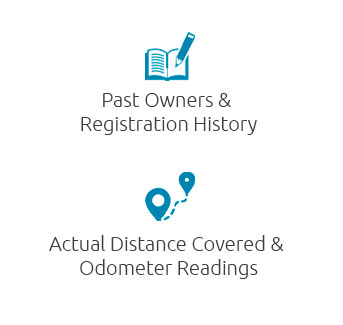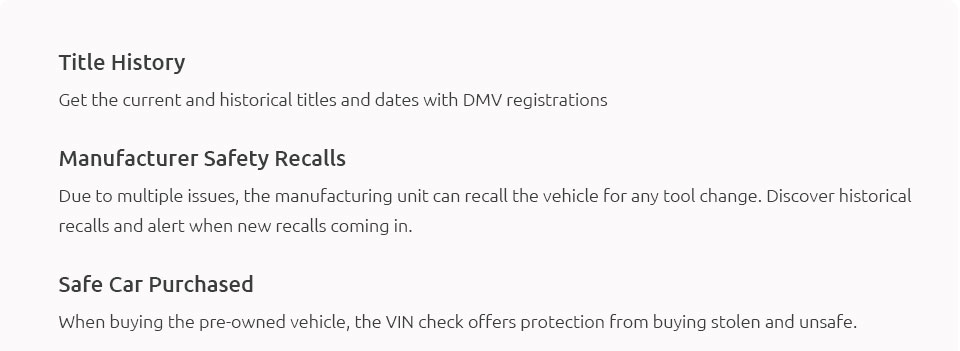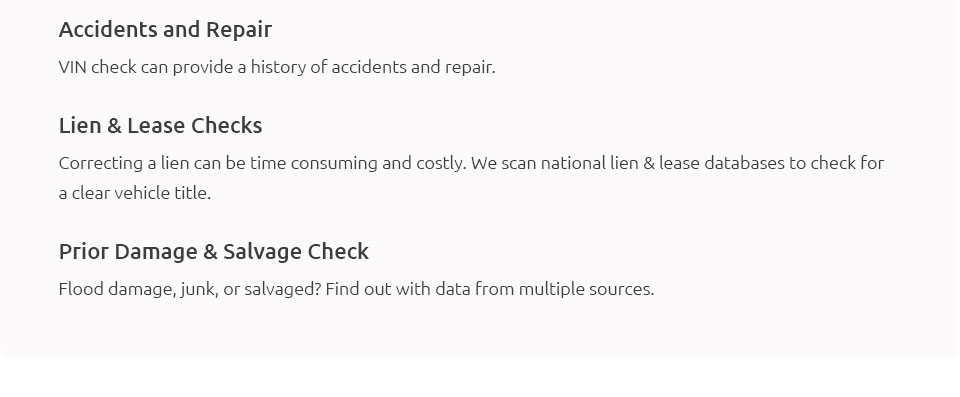 |
 |
 |
 |
 |
||
 |
 |
|
 |
 |
|
 |
 |
 |
 |
||
 |
 |
 |
 |
 |
 |
||||
|
||||
 |
 |
Understanding Car Specs Using VINThe Vehicle Identification Number, commonly known as VIN, serves as a car's unique fingerprint. It is a 17-character code that provides a wealth of information about a vehicle, from its origin to the specifications and even the assembly plant where it was manufactured. Understanding car specs using VIN can be an invaluable tool for car enthusiasts, potential buyers, and sellers alike. However, there are common mistakes people make when using VINs to decipher car details, and knowing these can save time and potential headaches. Why Use a VIN? The VIN is like a car's DNA. It provides insights that go beyond the obvious make and model, revealing detailed specifications such as engine type, transmission, and even the color code. This information can be crucial when purchasing a used vehicle, ensuring that what you see is indeed what you get. It helps in confirming the authenticity of the vehicle and whether it matches the original factory specifications. Common Mistakes to Avoid While VINs are a reliable source of information, one of the most common mistakes is misreading the VIN. Given that it is a combination of numbers and letters, it’s easy to confuse certain characters, such as the letter 'I' with the number '1', or 'O' with '0'. Double-checking each character before entering it into a pontiac vin lookup tool can prevent errors. Another frequent oversight is not using a reputable source for VIN decoding. There are countless online services that offer VIN checks, but not all are created equal. Opting for trusted platforms ensures the accuracy of the information received. Interpreting the Results Once you have the correct VIN, understanding the information can still pose a challenge. Each character or sequence of characters in the VIN provides specific data. For instance, the first three characters indicate the world manufacturer identifier, the next six are the vehicle descriptor section which outlines the car's features, and the last eight are the vehicle identifier section, which includes the production sequence. It might sound complex, but with practice, interpreting these sections becomes easier. Thankfully, using detailed lookup services like a chevy silverado vin lookup can simplify the process, offering a straightforward report of the car’s specifications and history. The Value of VIN Decoding Decoding a VIN is not just about satisfying curiosity. For potential buyers, it’s an essential step in the due diligence process. It ensures that the vehicle has not been tampered with and matches the seller's description. For owners, knowing the exact specs can aid in maintenance and when ordering parts. It also helps in verifying if there are any recalls or specific issues related to that particular model. In conclusion, using VINs to understand car specs is a powerful method that should not be overlooked. By avoiding common pitfalls such as character confusion and using unreliable sources, one can unlock a treasure trove of information that enhances the car buying and owning experience. Whether you’re diving into a Pontiac or exploring a Chevy Silverado, the VIN holds the key to unlocking the full story behind your vehicle. https://stat.vin/blog/can-i-look-up-vehicle-specs-by-vin-number
This post explores vehicle specs by VIN, helping you to access a plethora of information about your automobile by means of its unique Vehicle Identification ... https://vin.dataonesoftware.com/vin_basics_blog/surprising-facts-about-vin-decoding-and-vehicle-data
Instead, most VIN decoders decode the VIN pattern made up of positions 1-8, 10, and 11. The remaining characters of the VIN are in position 9 (check digit) and ... https://www.vindecoderz.com/en/car-specifications-features-performance-equipment
... comprehensive list of various parameters like dimensions, max speed, acceleration, power of car. Enter valid VIN: Decode. Car specs by make: ...
|



